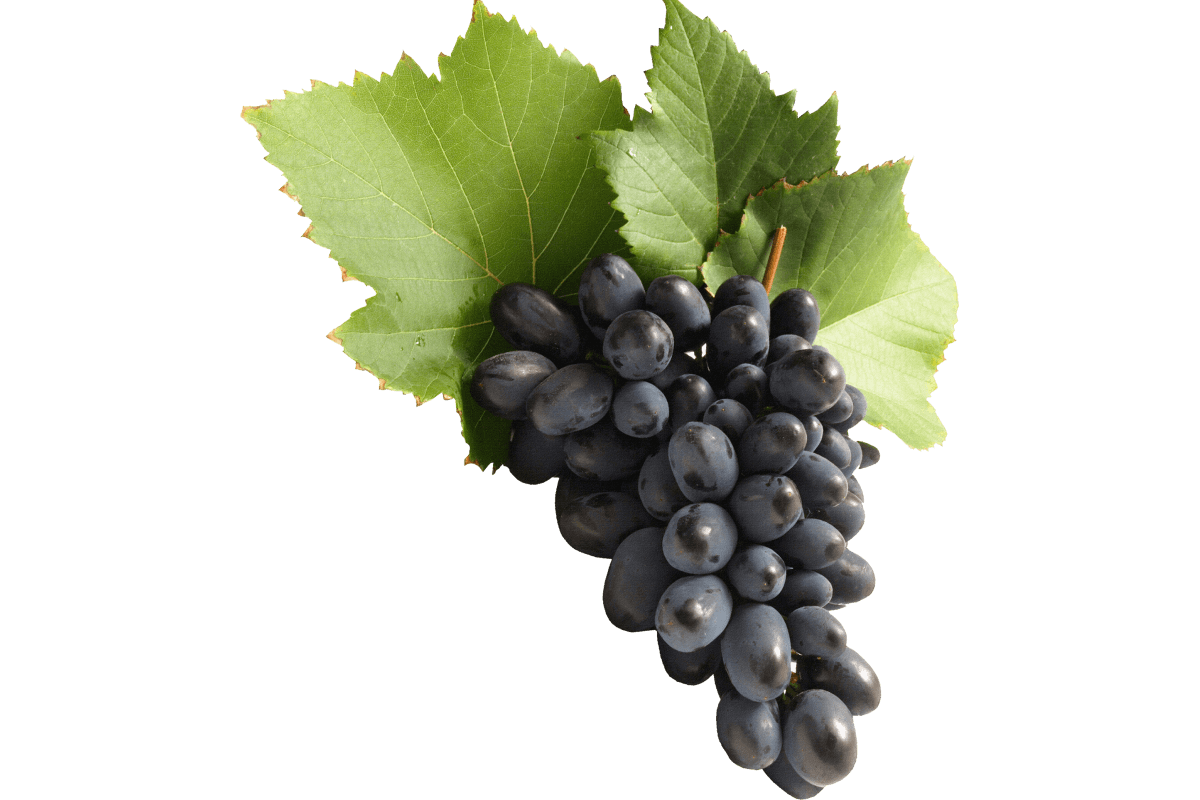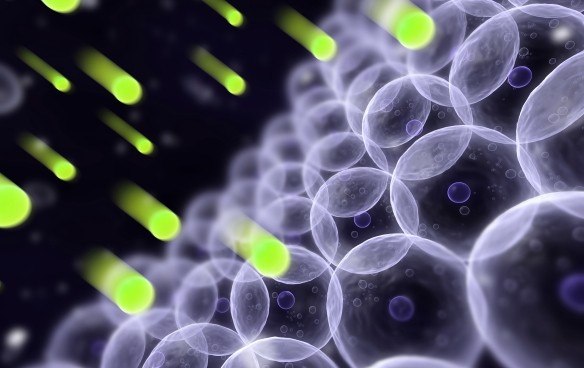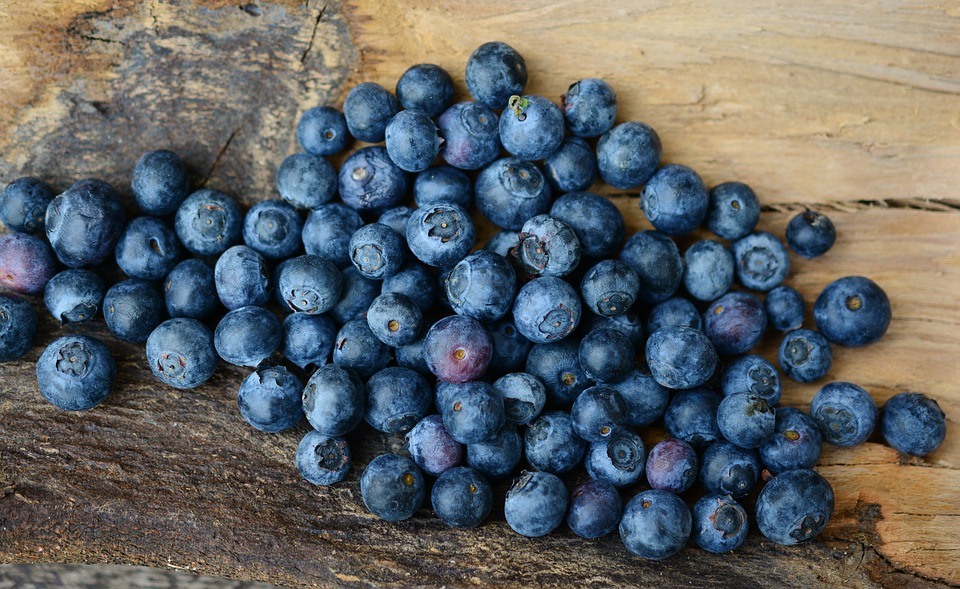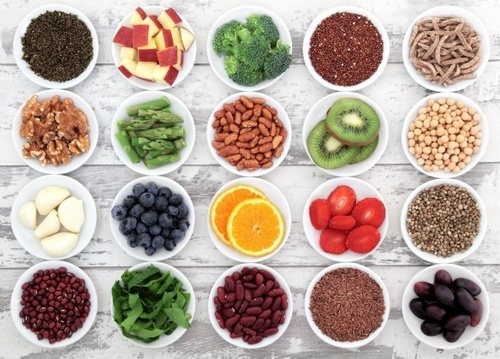
ROS / Reactive Oxygen Spices
These include free radicals such as hydroxyl radicals, superoxide radicals, lipid peroxyl radicals and non-radicals such as hydrogen hyperoxide. The main elements of the adverse effects of ROS are: it can damage the hereditary material of cells, deoxyribonucleic acid (DNA) and ribonucleic acid (RNA), it can oxidize polyunsaturated fatty acids in lipids, amino acids in proteins, and inactivate specific enzymes.
Free radicals
Molecules or fragments of molecules that contain an odd number of electrons on their outermost electron shell and therefore react easily and quickly with other compounds from which electrons are lost.
The balance of ROS and antioxidants is crucial for the functioning of the human body, as oxidative processes and antioxidants play an essential role in maintaining life processes. Under normal conditions, compounds with strong oxidative properties are formed in our body, which are involved in regulating the functioning of the body. They are necessary for the proliferation of cells, the transmission of information within cells, programmed cell death, inflammatory processes for defense, and they play an important role in the body’s defense against bacteria and viruses. If the equilibrium is upset (either due to an increase in ROS production or a weakening of the defense mechanism), reactive oxygen species, depending on their concentration, can initiate or amplify different pathological processes (endogenous oxidative stress). Therefore, it is necessary to maintain a balance of the processes that create and eliminate ROS.


Anthocyanidins
The red, blue and purple fruits used in the production of Emóció7.84 contain flavonoids, anthocyanidin compounds, which are powerful antioxidants, their key role in slowing down the aging of the body, fighting against harmful effects, reducing the permeability of blood vessel walls and improving the absorption of vitamins and minerals .
Let’s try




